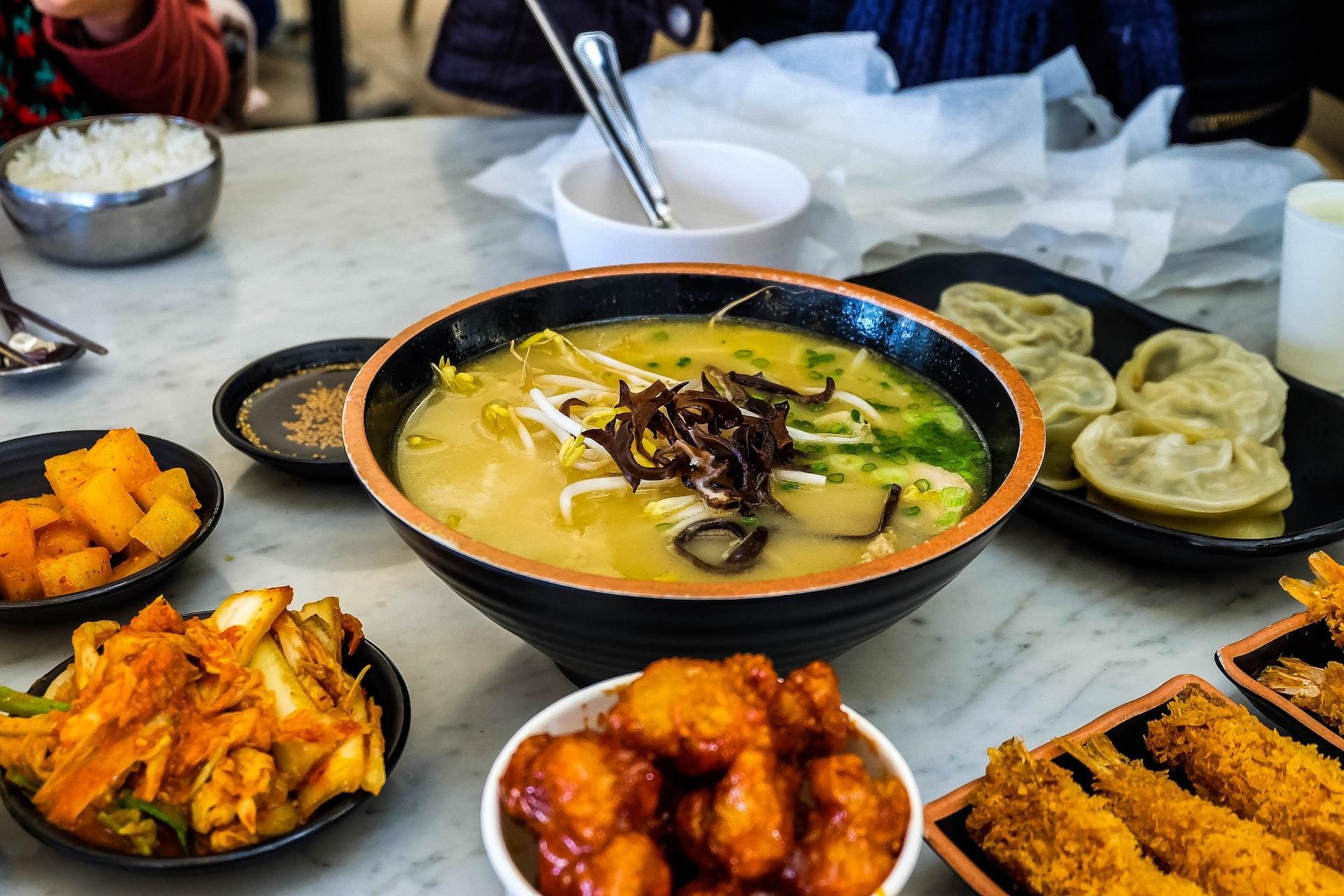South Korea’s traditional food is a harmonious blend of flavours, colours, and textures that reflect the nation’s history, geography, and cultural values. In Korean cuisine, meals are not just about satisfying hunger but about sharing moments and connecting with others. Every dish carries a story, whether it’s the humble bowl of rice, the fiery kimchi, or the hearty bibimbap. These foods have been shaped by centuries of tradition, making them a crucial part of Korean culture. As you travel through Seoul or explore the countryside, you’ll notice that food is central to daily life, celebrations, and seasonal customs.
One of the defining aspects of Korean food is its focus on balance—balancing flavours like sweet, hot, and savoury, as well as balancing nutrition. For example, a typical Korean table, known as "bapsang," includes a main dish, a bowl of rice, and several side dishes called banchan. These side dishes often include fermented vegetables such as kimchi or pickled radish, which add depth and complexity to the meal. Kimchi, the main fermented dish of Korea, is usually made from napa cabbage and radish, combined with garlic, chilli flakes, sesame seeds, and gochujang—a fermented red chili paste that is both sweet and spicy. It’s not only a staple but also a symbol of Korean identity.
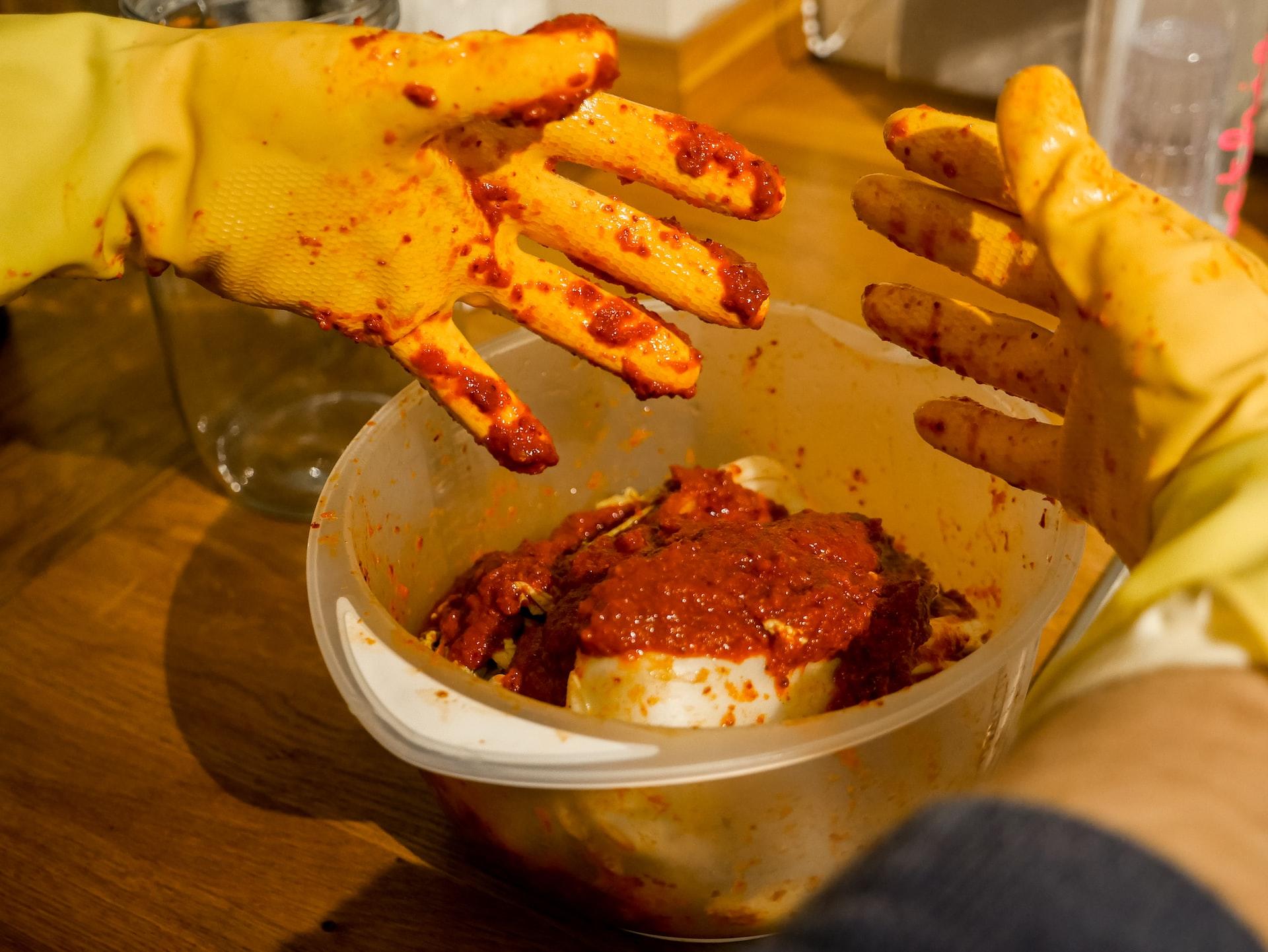
The Cultural Importance of Korean Meals
Food in Korea is not just about taste but about good health and harmony. Traditional Korean meals are often considered medicinal because of the use of fermented foods and natural ingredients. Gochujang, for instance, is not just used to make dishes spicier but also adds probiotics due to its fermentation process. Oil, sesame seeds, and natural seasonings are usually used sparingly, ensuring dishes remain healthy yet flavorful.
Communal dining is another cornerstone of Korean culture. Eating together is seen as an act of love and connection. In restaurants across Seoul, you will see groups of friends and families grilling beef, chicken, or pork right at the table. This practice of sharing food, especially grilled meats like bulgogi (marinated beef) or fried chicken, reflects the Korean value of togetherness. Each bite is savoured not only for its taste but also for the experience it provides.

Staples of South Korea’s Traditional Food
The main foundation of almost every Korean meal is rice. White rice, sticky rice, or mixed grains are served with nearly every dish. A popular rice-based dish is bibimbap, which means "mixed rice." Bibimbap is a colourful, vibrant bowl of rice topped with sautéed vegetables, beef, fried egg, and a generous dollop of gochujang. The flavours are brought together by a drizzle of sesame oil, creating a good balance of sweet, savoury, and spicy.
Another iconic dish is kimchi-jjigae (kimchi stew), a hot and hearty meal that is usually enjoyed during colder months. This jiggae combines kimchi, tofu, pork, or beef, simmered in a broth flavoured with garlic, gochujang, and sesame oil. The depth of flavour comes from the fermented kimchi itself, which gets better as it ages. Kimchi-jjigae is not just a dish; it’s comfort food for Koreans, often reminding them of home and family.
Traditional Korean Cooking Methods
Traditional Korean cooking involves a variety of techniques such as steaming, boiling, fermenting, and grilling. While modern Korean dishes feature fried elements (like Korean fried chicken), traditional meals focus on healthier cooking styles. For instance, dishes like galbi (grilled short ribs) are usually marinated in a mix of soy sauce, sugar, garlic, and sesame oil, then grilled over open flames to achieve that perfect smoky flavour.
Fermented sauces and pastes—like doenjang (soybean paste), gochujang, and ganjang (soy sauce)—are widely used as the base flavours in many dishes. These main condiments add a good depth of umami that makes Korean cuisine stand out from other global cuisines.
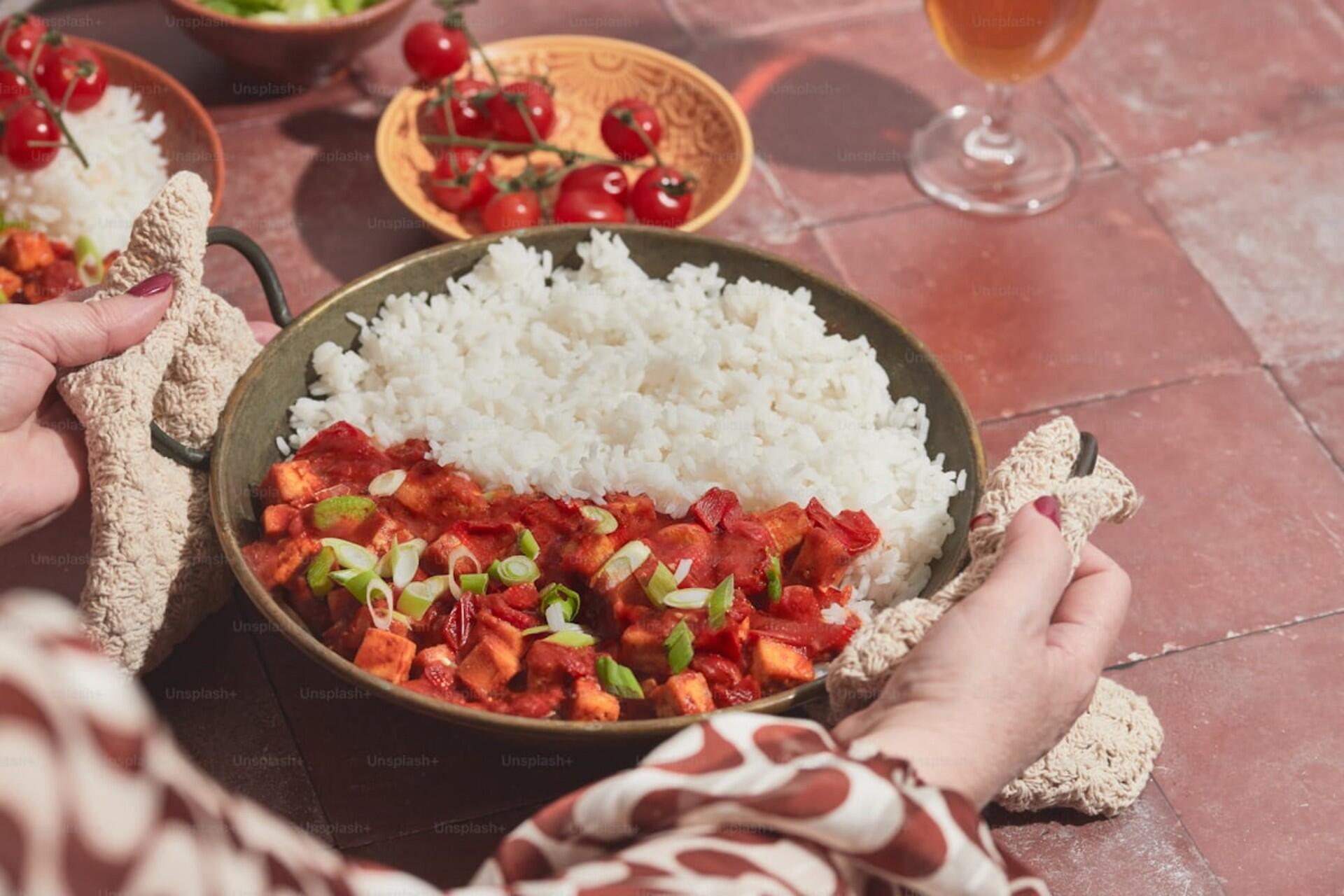
Korean Street Food Culture
When you travel to Seoul, exploring its street food markets is a must. Here, you’ll find an array of sweet, hot, and fried delights. Tteokbokki (spicy rice cakes) is a beloved snack that combines chewy rice cakes with a fiery gochujang sauce, giving it a sweet-spicy punch. Korean fried chicken, double-fried to achieve extra crispiness, is another global favourite. It’s often served with sweet garlic soy or hot spicy sauces, making it a perfect comfort food.
Traditional Dishes and Their Symbolism
Certain dishes in Korea hold cultural significance during festivals and special occasions. For example, tteokguk (rice cake soup) is eaten on the Korean New Year to symbolise purity and a fresh start. Samgyetang, a ginseng chicken soup, is consumed during summer as part of the "boknal" tradition to combat heat with heat. These dishes are deeply tied to Korean heritage and customs.
The Role of Ingredients in Korean Cuisine
Korean food relies heavily on natural ingredients like garlic, ginger, chilli peppers, and sesame seeds. Sesame oil is usually added to dishes at the final stage of cooking to give a rich, nutty aroma. Meats like beef and chicken are either marinated or grilled, while vegetables are often pickled or lightly fried to preserve their freshness and nutrients. These methods not only enhance the flavour but also make the dishes easy to make at home.
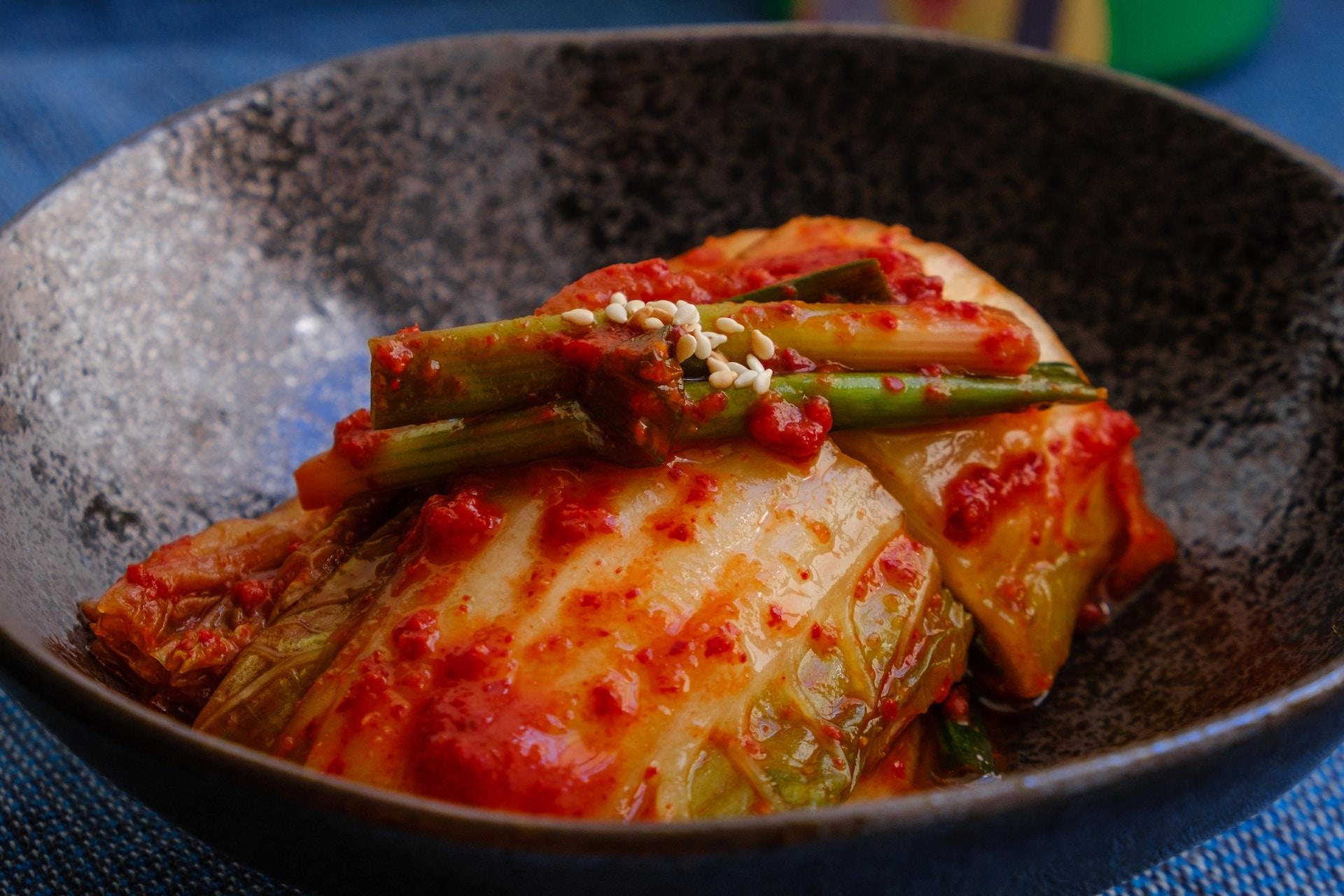
Why Korean Food is Loved Worldwide
The global popularity of Korean food can be credited to its unique combination of flavours—sweet, hot, salty, and savoury—along with its visually appealing presentation. Dishes like bibimbap, kimchi, and Korean fried chicken have made their way into the hearts of food enthusiasts everywhere. The international rise of K-pop music has gone hand in hand with the global popularity of Korean food. Fans not only follow their favourite idols’ songs and styles but also recreate the dishes they see stars enjoying—whether it’s spicy ramen, Korean fried chicken, or bubble tea. Additionally, the Korean wave (Hallyu) and the rise of K-dramas have made fans curious about the authentic recipes they see on screen.

Celebrity-Approved Korean Restaurants You Can Visit in South Korea
Travellers often seek out restaurants and street‑food spots once visited or recommended by famous Korean personalities, making food tourism in Korea even more exciting. Here’s a refined and credible table of celebrity‑approved dining spots in South Korea.
| Celebrity / Group | Spot | Type of Food | Why It’s Famous |
|---|---|---|---|
| BTS (Jimin & Jungkook) | Geumdwaeji Sikdang | Korean BBQ (aged pork) | Frequently visited by BTS members; menu autographed by them; Bib Gourmand pick |
| BTS (pre-debut days) | Yoojung Sikdang | Ssabap, bibimbap | Where trainees used to eat; walls filled with BTS memorabilia |
| MAMAMOO (Hwasa) | Daehan Gopchang (Chang-an branch) | Beef/pork gopchang | Went viral after Hwasa’s I Live Alone feature; became Mamamoo brand ambassador |
| EXO, TVXQ, BTS | Geumdwaeji Sikdang | Korean BBQ | Favorite of EXO, TVXQ, BTS; standout flower pork neck grilled over charcoal |
| Jung Woo-sung, Bae Suzy, Jun Ji-hyun & BTS Jungkook | Gilmok Gamjatang (Gilded Gamjatang) | Gamjatang (pork bone stew) | Endorsed by various idols and actors; famous for upscale gamjatang and Hanwoo BBQ |
| BLACKPINK’s Lisa, CLC’s Sorn, (G)I-DLE’s Minnie | Krap Pom (Sinsa, Gangnam) | Thai street-food (pad Thai, tom yum) | Popular after being featured by these idols |
| Soobin (TXT), Jessi | Pizza Express (Sinsa-dong) | New York-style pizza | Frequented by these idols; noted for thin-crust, classic toppings |
| IVE’s Ahn Yujin & Jang Won-young | mmn Café (Gangnam) | Brunch café (cakes, soups) | Favorite café of these idols, trendy decor and terrace vibe |
| BIGBANG / YG artists | Chosun Hwaro Gui (BBQ) | High-quality Korean BBQ | Popular with BIGBANG and YG Entertainment stars; walls lined with autographs |
Top 10 Famous Food in South Korea You Must Taste
Korean cuisine is an exciting mix of bold flavours, vibrant colours, and centuries-old traditions that reflect the soul of the country. In this section, we will explore the top 10 famous foods in South Korea that you must try—from comforting stews to sizzling barbecue favourites like galbi. Each dish tells a unique story of Korean culture and culinary artistry, and we’ll highlight how these dishes relate to familiar flavours and textures that Singaporeans experience daily. Whether you’re looking for a dish to recreate at home with an authentic recipe or planning your next food adventure, these iconic Korean meals will leave you inspired to explore and savour more.
Bibimbap – mixed rice harmony
Bibimbap means “mixed rice” (rice topped with vegetables, seasoned meat, egg, and gochujang). It’s nutritious, colourful, and full of soul—a complete bowl of balanced flavours of sweet, savoury, and spicy
It’s like a DIY bowl at hawker centres: think nasi lemak or mixed rice bowls where you toss everything together—it’s satisfying and fun.
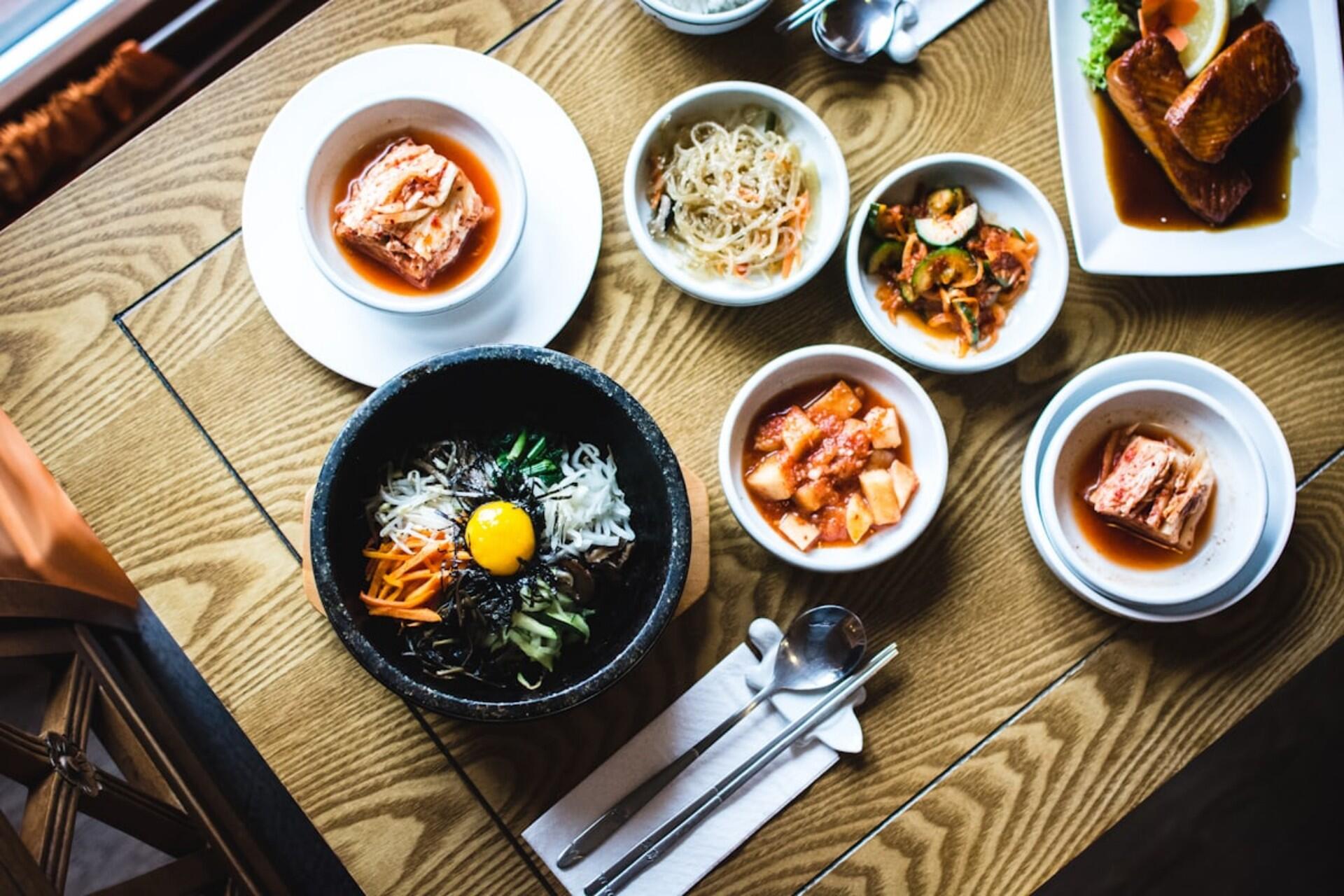
Kimchi – icon of Korean cuisine
Kimchi is a fermented cabbage and radish dish, spiced with chilli, garlic, ginger, and salted seafood. Note: it’s tangy, spicy, and probiotic-rich. Think of it like Singaporean achar—pickled vegetables with bold seasoning—but kimchi is fermented for deeper flavour over time. It’s the first thing you should try on any Korean table. An authentic kimchi recipe usually includes napa cabbage, Korean chilli flakes, garlic, ginger, and fish sauce.
Enjoy kimchi chilled or stir it into fried rice—similar to turning achar into achar fried rice.
Bulgogi – fire-grilled sweet-savoury beef
Thin strips of marinated beef (or pork), grilled quickly over high heat. The marinade blends soy sauce, sugar, garlic, sesame oil, and Asian pear juice to give that tender, caramelised finish
Try this dish wrapped in lettuce with a dab of gochujang to eat. It’s like the Korean version of Singaporean satay, but marinated and grilled rather than skewered.
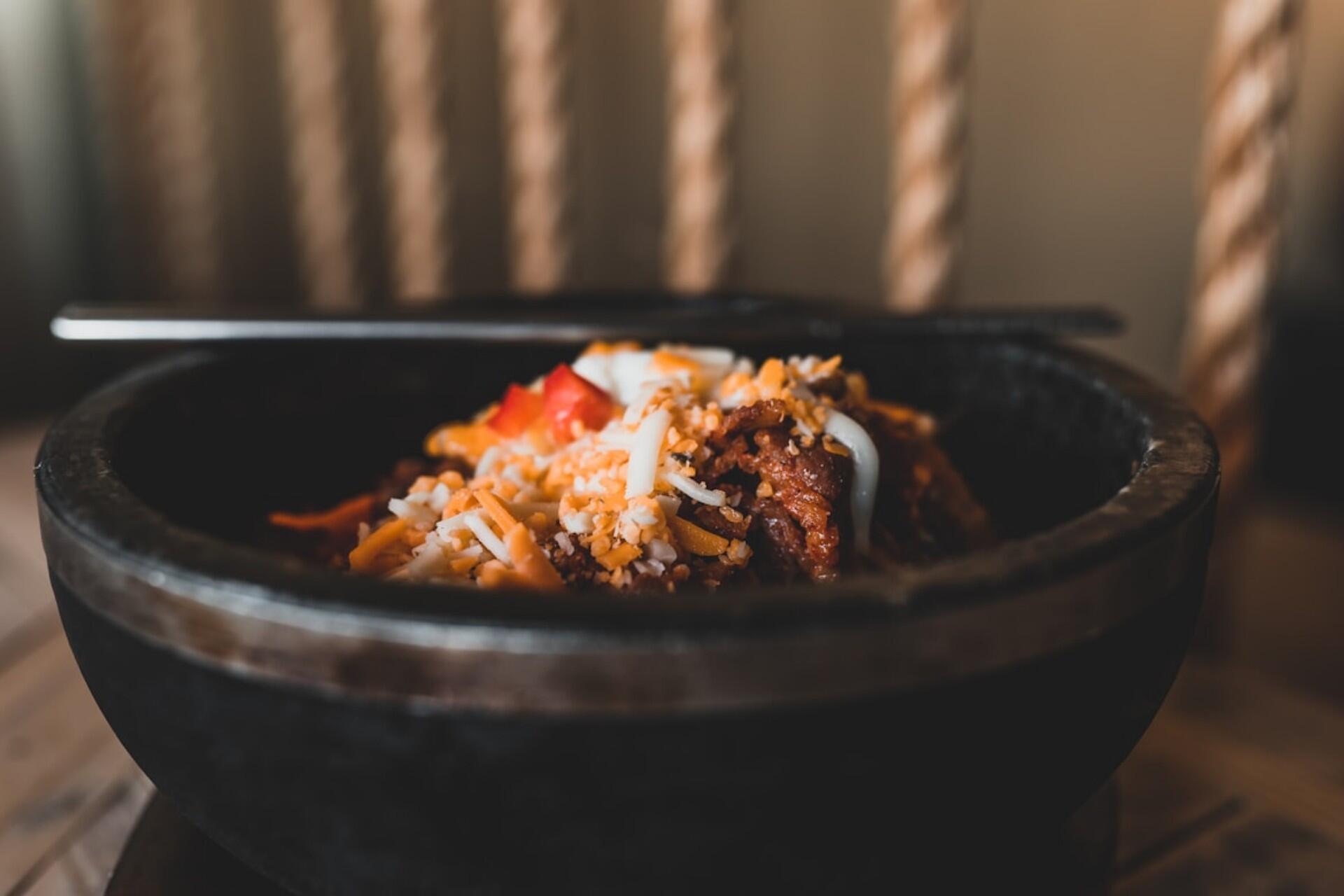
Samgyeopsal – interactive grilled pork belly
Thick slices of pork belly grilled at the table, eaten wrapped in lettuce or perilla leaves with garlic, kimchi, and sesame oil dip
It feels like communal grilling at BBQ places in Singapore—satay BBQ or steamboat social style, except here you grill your meat yourselves at your table.
Japchae – those sweet glass noodles
Chewy sweet potato starch noodles stir-fried with vegetables, mushrooms, sesame oil, and beef. Slightly sweet and savoury—it started as a royal Korean dish but is now served at festivals and family gatherings
It’s like Singapore’s stir-fried glass noodle dishes, such as chap chye or Singapore-style vermicelli—light, slightly sweet, and great as a main or side.
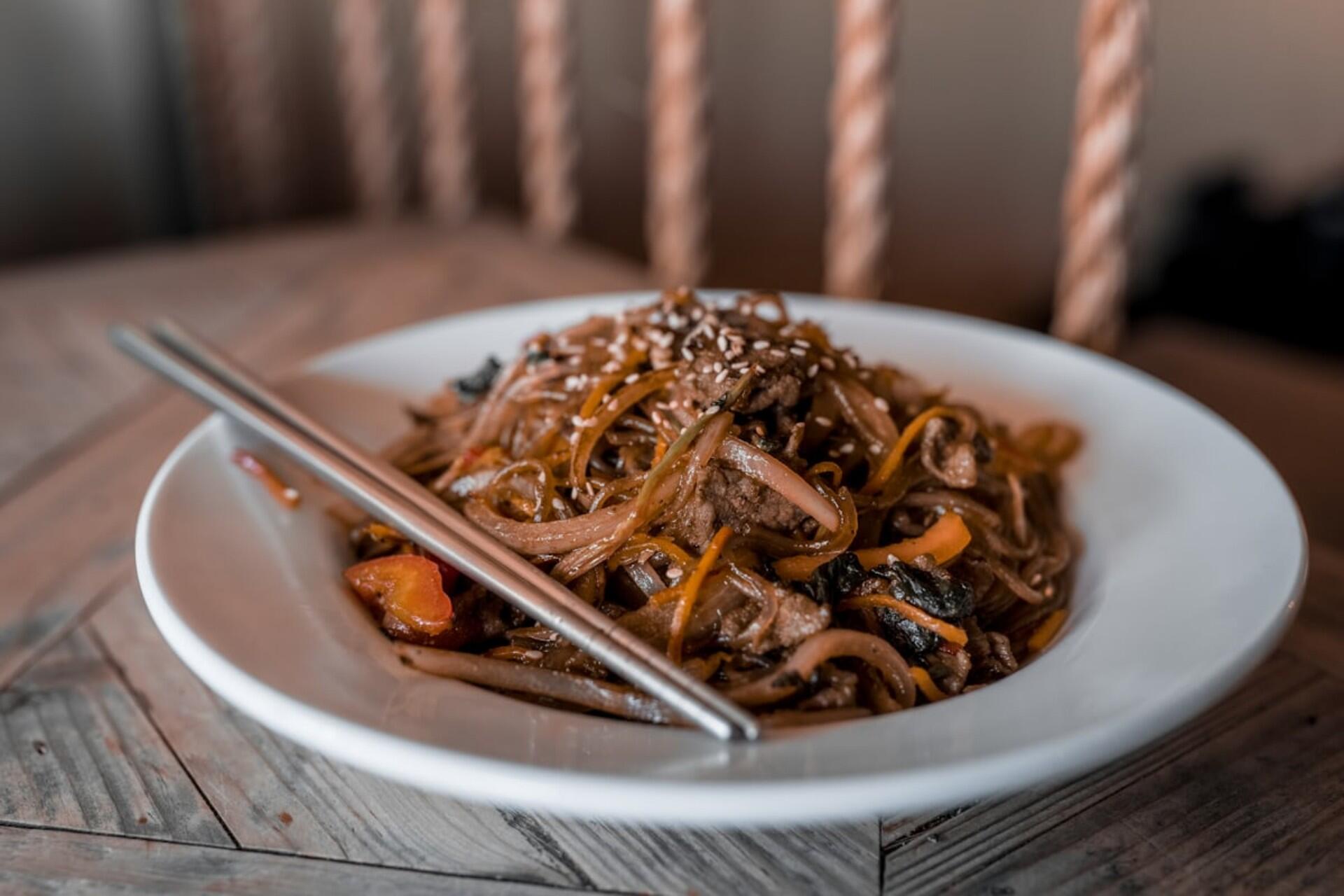
Tteokbokki – fiery rice cake delight
Soft, chewy rice cakes stir-fried in a gochujang-based sweet-spicy sauce, often with fish cakes, scallions, and boiled eggs—served piping hot in street stalls across Seoul
A spicier, chewier cousin of Singaporean fishball noodle soup or mee pok; chewy rice-textured and packed with heat.
Kimbap (Gimbap) – grab-and-go rice rolls
Seaweed-wrapped rice rolls filled with pickled radish, spinach, egg, beef, or tuna. Seasoned rice brushed with sesame oil makes each bite fragrant
Enjoy it like Singapore’s sushi rolls or Vietnamese bánh mì, as a portable snack—perfect for picnics, subway rides, or work lunches.
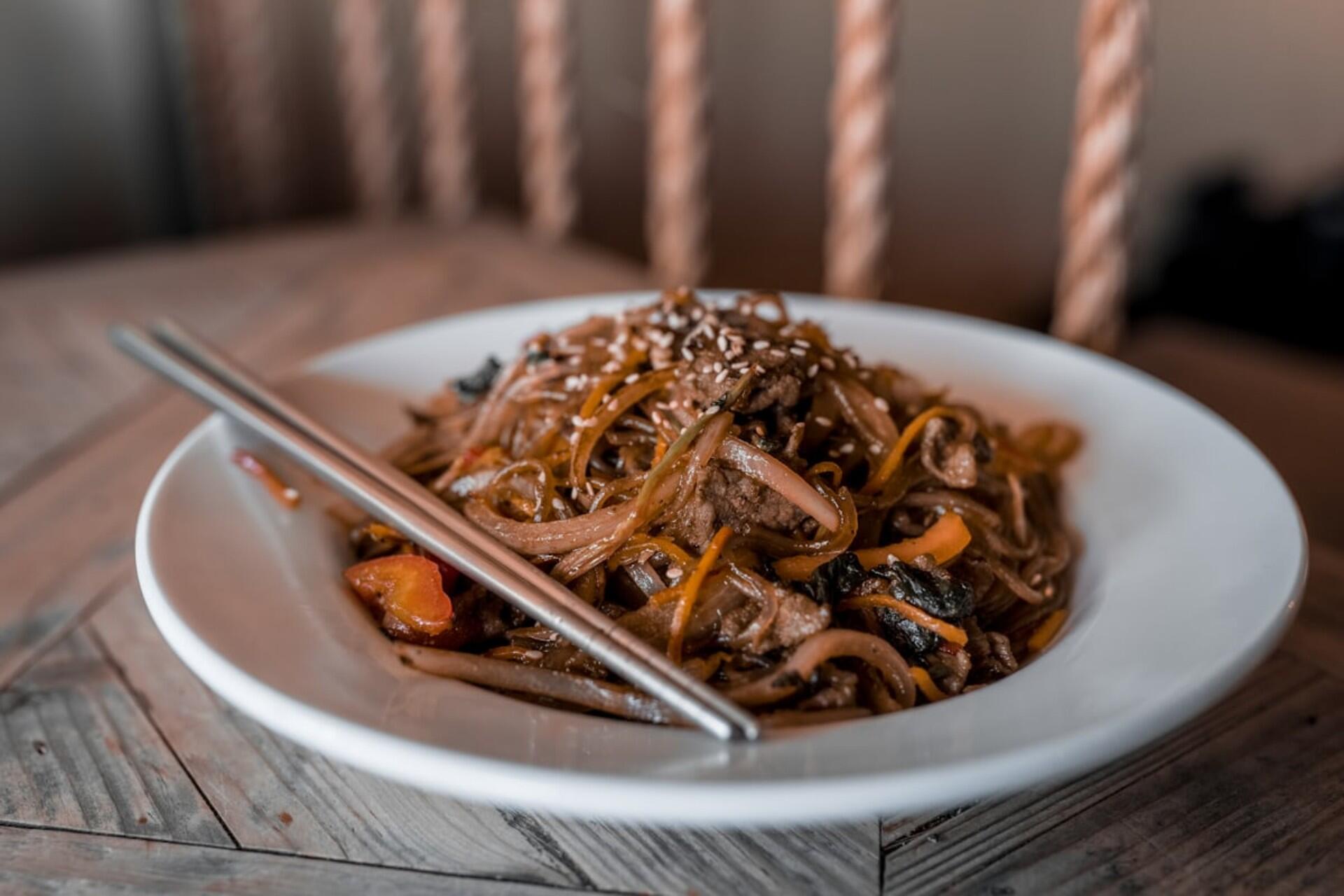
Sundubu-jjigae – soft tofu stew
A bubbling stew with silky soft tofu, vegetables, sometimes seafood or pork/beef, flavoured with gochugaru or gochujang, and served in a stone pot. Rich and comforting
Similar to Singapore’s chilli crab gravy or laksa soup in the sense that it’s rich, spicy, and eaten with rice to soak up the broth.
Kimchi-jjigae – spicy kimchi stew
This stew uses aged (fermented) kimchi, tofu, pork or tuna, and is simmered until spicy, tangy, and deeply flavorful. Best served with plain rice to calm the heat.
Think of it like Indian curry with pickled elements—an acquired taste that signals home-style food and heartiness.

Hotteok – sweet-filled pancakes
Sweet pancakes filled with brown sugar, honey, nuts and sometimes cinnamon. Crispy on the outside, oozy inside—very popular as Seoul street food, especially in cooler months.
It’s Singapore’s version of sweet hawker snacks—like pancake kueh lapis or sweet roti prata filled with sugar and peanuts.

Traditional Food in South Korea You Can Cook at Home
Cooking traditional Korean dishes at home is both fun and rewarding—full of flavours that nourish the body and the soul. These recipes are perfect for beginners, use easily available ingredients, and reflect the harmony and balance found in Korean family mealtimes. Let’s dive in and discover how to bring Seoul’s kitchens into yours!
Kimchi (Easy Version)
Ingredients:
- 1 medium Napa cabbage
- ½ cup coarse sea salt
- 2 cups water
- ½ cup gochugaru (Korean chili flakes)
- ⅓ cup fish sauce
- 1 Tbsp sugar
- 3 garlic cloves, minced
- 2 scallions, chopped
- ¼ cup julienned daikon (or carrot)
Steps:
- Salt the cabbage: Quarter the napa cabbage, soak it in a saltwater solution for about 2 hours, then rinse and drain.
- Make the paste: Mix chili flakes, fish sauce, sugar, garlic, scallions, and daikon to form a thick seasoning paste.
- Combine: Coat each layer of the cabbage thoroughly with the paste.
- Ferment: Pack the cabbage into a jar, seal it, and let it ferment for 1–3 days.
Bibimbap (Easy Mixed Rice Bowl)
Ingredients:
- 1 bowl of cooked rice
- 1 carrot, julienned
- A handful of spinach or kale
- 100 g ground beef or sliced chicken
- 1 egg (fried sunny-side up)
- 2 Tbsp gochujang
- 1 Tbsp sesame oil
Steps:
- Stir-fry the carrot and spinach separately with a dash of sesame oil and salt.
- Cook the beef or chicken until browned.
- Assemble your bowl: place rice at the bottom, arrange vegetables and meat neatly on top, and crown it with a sunny-side-up egg.
- Drizzle with sesame oil and mix with gochujang before eating.
Bulgogi (Pan-Grilled Marinated Beef)
Ingredients:
- 300 g thinly sliced beef
- 2 Tbsp soy sauce
- 1 Tbsp sugar or honey
- 2 Tbsp grated pear or 1 tsp pineapple juice
- 2 garlic cloves, minced
- 1 tsp sesame oil
Steps:
- Create the marinade by mixing soy sauce, sugar, garlic, sesame oil, and grated pear.
- Marinate the beef for at least 30 minutes (overnight for best results).
- Pan-grill the beef on high heat until lightly charred and caramelised.
| Dish | Key Ingredients | Quick Steps |
|---|---|---|
| Kimchi (Easy Version) | Napa cabbage; sea salt; gochugaru; fish sauce; garlic; scallions; sugar; daikon (optional) | Salt cabbage 2 hrs; rinse. Mix chili paste. Coat cabbage. Pack & ferment 1–3 days. |
| Bibimbap | Rice; spinach/kale; carrot; beef/chicken; egg; gochujang; sesame oil | Stir-fry veg & meat. Add over rice w/ egg. Drizzle sesame oil. Mix w/ gochujang. |
| Bulgogi | Thin beef slices; soy sauce; garlic; sugar/honey; sesame oil; grated pear | Marinate 30+ min (overnight best). Pan-grill high heat. Serve w/ rice/lettuce wraps. |
| Kimchi-jjigae | Aged kimchi; kimchi brine; pork belly/beef; tofu; scallions; sesame oil | Simmer kimchi & brine. Add pork; cook. Add tofu & scallions. Finish sesame oil; serve w/ rice. |
| Japchae | Glass noodles; spinach; carrot; onion; beef/chicken; soy sauce; sesame oil; sugar | Cook noodles. Stir-fry veg & meat separately. Combine w/ noodles + sauce. Toss & serve. |
| Pajeon | Flour; rice flour; water/sparkling water; scallions; egg; seafood/kimchi (opt) | Make batter. Add scallions & toppings. Fry both sides until golden. Serve w/ dipping sauce. |
Kimchi-Jjigae (Spicy Kimchi Stew)
Ingredients:
- 1 cup of kimchi with brine
- 100 g pork belly or beef
- 1 small tofu block, cubed
- 2 scallions, chopped
- 1 Tbsp sesame oil
Steps:
- Simmer the kimchi and brine until the flavours deepen.
- Add pork slices and cook until tender.
- Add tofu and scallions, then drizzle with sesame oil before serving.
| Tips for Beginners | Why It Helps |
|---|---|
| Use spinach or kale instead of Korean greens. | They’re easy to find in Singapore and taste similar. |
| Store-bought gochujang is fine for Bibimbap. | Saves prep time and delivers authentic flavor. |
| Marinate meat overnight for Bulgogi. | Results in more tender, flavorful meat. |
| Use kimchi brine in soups. | Boosts depth and spiciness in Kimchi-jjigae. |
| Pajeon batter tip: use sparkling water. | Creates extra crispy pancakes. |
Pajeon (Korean Pancake)
Ingredients:
- ½ cup flour + ½ cup rice flour (or just flour)
- 1 egg
- 1 cup cold water (sparkling water for crispiness)
- 1 bunch scallions
- Optional: seafood or kimchi
Steps:
- Whisk together the flour, rice flour, water, and egg to create a smooth batter.
- Heat oil in a pan, arrange scallions, and pour the batter over them.
- Fry until golden, flip, and cook the other side.
- Serve hot with a simple soy-vinegar dipping sauce.
Think of it as a savoury pancake akin to carrot cake, but lighter and crispier.
Japchae (Stir-Fried Glass Noodles)
Ingredients:
- 200 g glass noodles
- 1 carrot, julienned
- ½ onion, sliced
- 1 handful spinach
- 100 g beef or chicken
- 2 Tbsp soy sauce, 1 Tbsp sugar, 1 Tbsp sesame oil
Steps:
- Boil the glass noodles until soft and drain.
- Stir-fry vegetables and meat separately for better texture.
- Combine noodles with the sautéed ingredients and toss with soy sauce, sugar, and sesame oil.
In many parts of the world, our part included, certain foods belong with certain meals. Baked beans notwithstanding, we tend to have specific foods for breakfast, others for lunch and yet others for dinner. By contrast, people on the Korean peninsula enjoy the entire range of Korean foods at every meal.
Quick Facts About Traditional Korean Food
The traditional Korean diet revolves around rice. vegetables and fish. A craving for meat seems to have become a trope in Korean films and dramas. Sometimes, pork belly wraps, called bossam, very nearly get a starring role. But the type of meat dishes we're used to eating - roasts and grilled slabs of meat, typically do not feature in Korean traditional cuisine.
Beyond those staples, traditional cuisine on the Korean peninsula is organised by colour. White, black, red, yellow and green each characterise a health benefit, a direction and/or natural element.
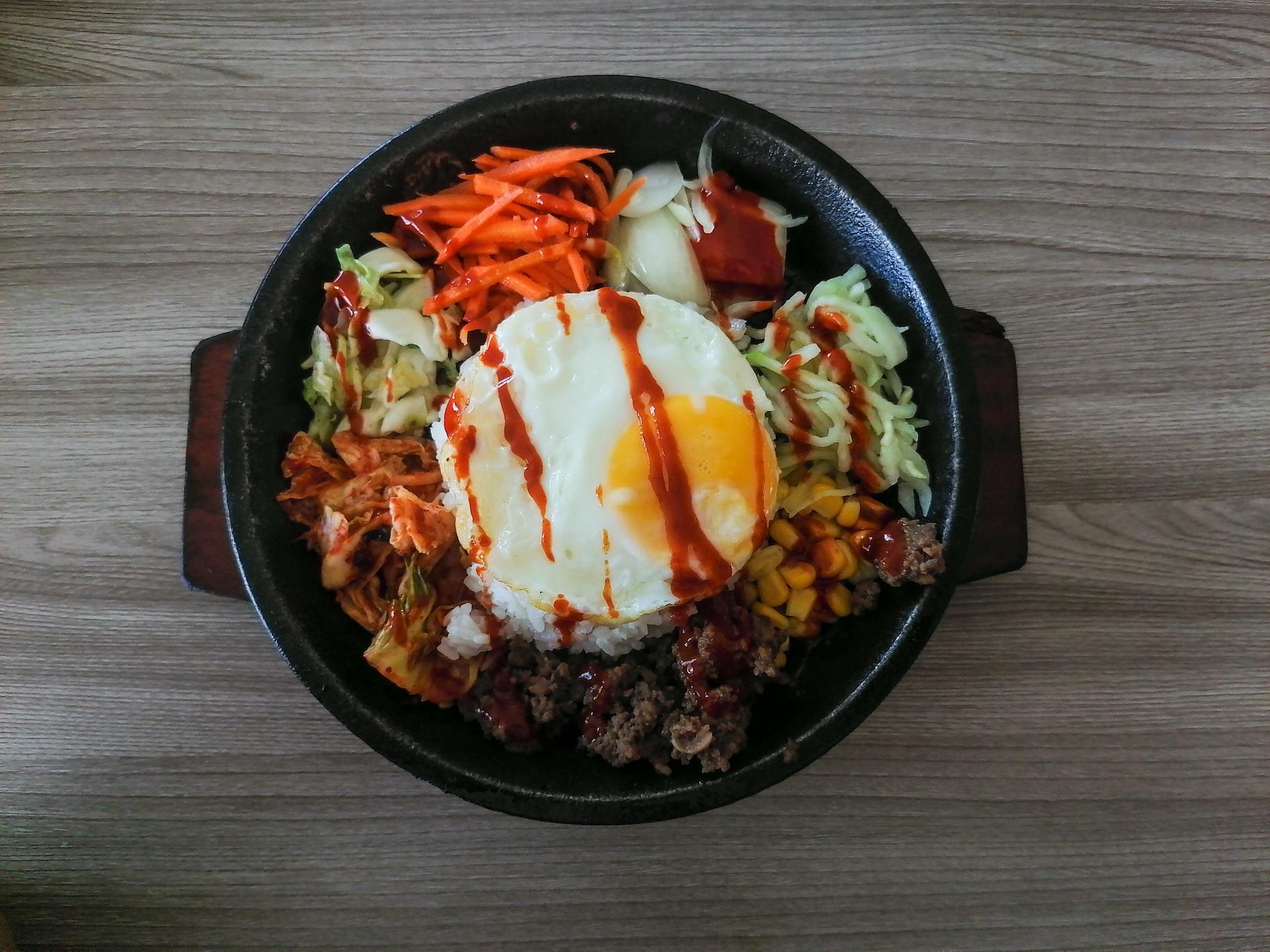
Besides providing abundant vitamins and minerals, these aspects relate to ancient ideas about a person's spiritual and physical makeup. We'd have to dive deep into Korean culture to understand food colours' significance. For now, let's just say that traditional Korean people select their foods based on what their qi (chi - life force) dictates.
No Korean meal would be complete without kimchi, a food known for its anti-inflammatory properties. This fermented cabbage dish is probably the most renowned of all Korean banchan. This famous Korean food comes in many flavours.
Dairy products typically do not feature in the traditional Korean diet. These days, people all over South Korea sip banana milk and enjoy ice cream. And among the younger set, pizza is all the rage - the more cheese, the better.
But not so long ago, cheese was considered the most disgusting of substances. Milk production for human consumption didn't actually become a thing until the 1970s in South Korea.
Soups: Best Korean Foods
If you've ever watched a South Korean show, you've probably heard of hangover soup. Anju is a popular way to spend an evening with friends, so it's a good thing that there's haejang-guk to remedy its effects. It generally consists of cabbage and other vegetables with meat simmered in beef broth. Variations include seonjiguk (with congealed ox blood) and sundaeguk, the soup with a type of blood sausage.
Ox bone soup (seolleontang) might come the closest to what Westerners are used to eating. Its minimal ingredient list makes it easy to prepare. Simply boil ox bone chunks for hours to extract all the nutrients, and then add salt, pepper, scallions and garlic, bits of meat or a few noodles. It's typically served plain so diners can season it to their liking with banchan.
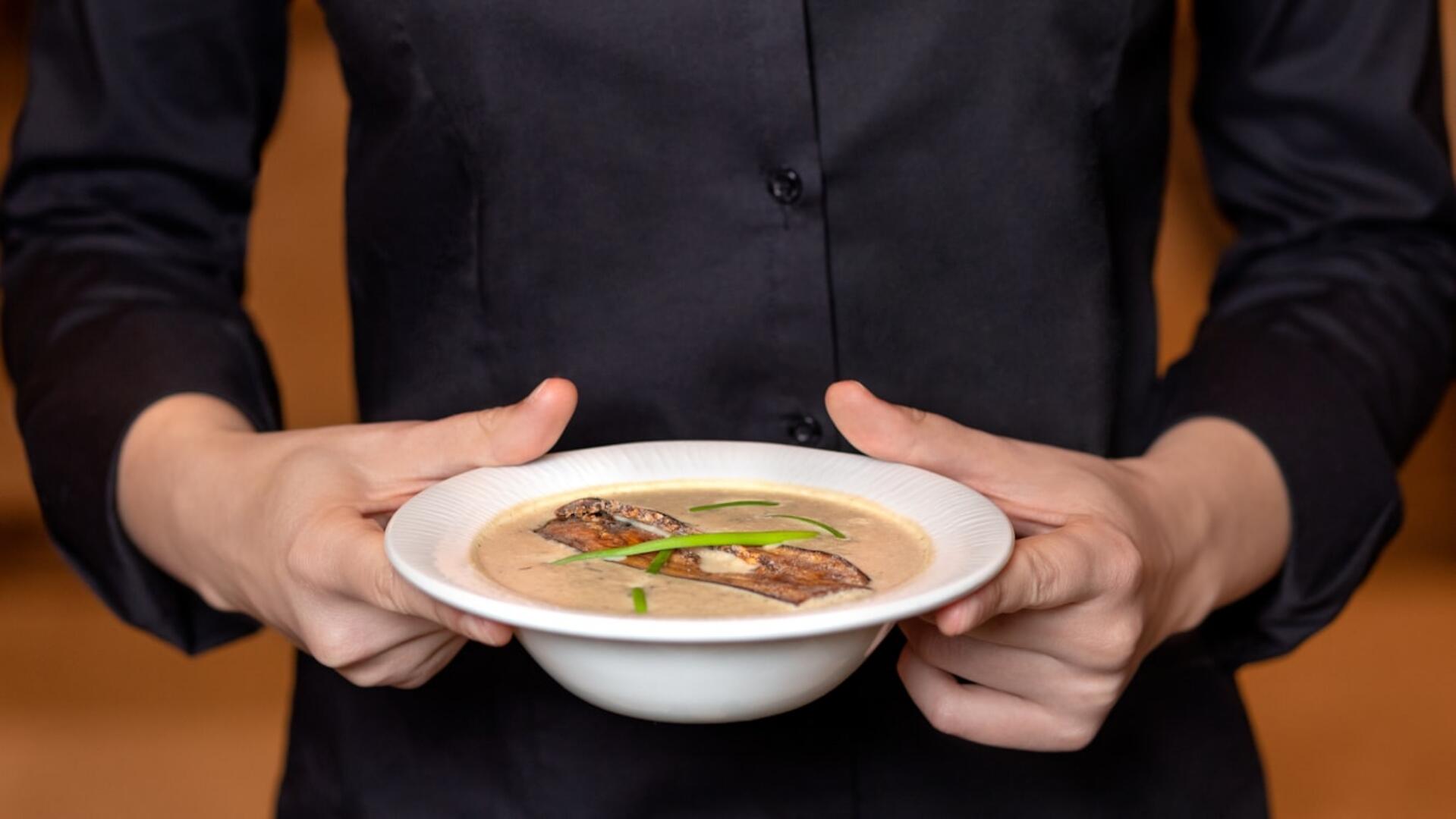
If you've just figured out your age according to the Korean ageing system, you might treat yourself to a bowl of miyeok guk. Seaweed soup is the traditional breakfast that Korean people eat on their birthdays to give thanks to their mothers. According to legend, this soup honours the goddess Samsin, who helps women into motherhood. Thus, new mothers eat this soup for several months after having their babies.
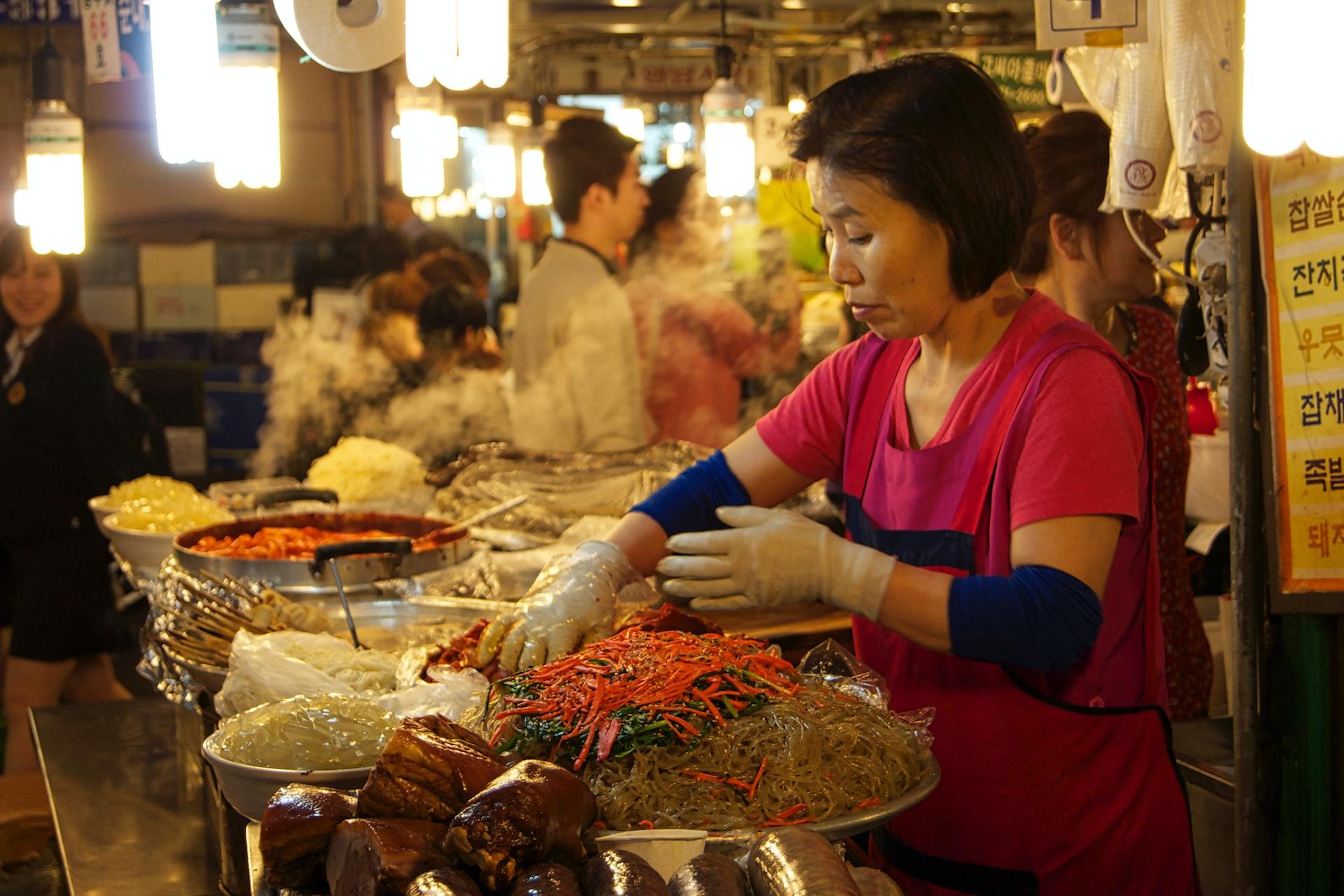
Korean food is more than just a meal—it’s a soulful experience of balance, warmth, and shared joy. With dishes like kimchi, bibimbap, bulgogi, and japchae, you can easily recreate the vibrant flavours of Seoul using ingredients available right here in Singapore. Why not try a simple galbi-style recipe or experiment with a spicy kimchi stew this weekend? Cooking these dishes will not only add variety to your table but also connect you with the cultural richness of Korean cuisine. So grab your ingredients, fire up your pan, and let your kitchen come alive with the flavours of Korea!

